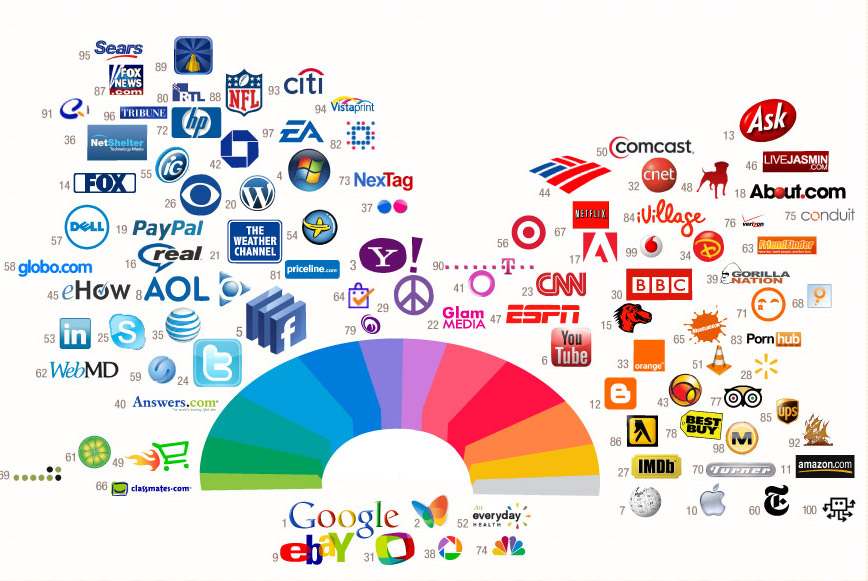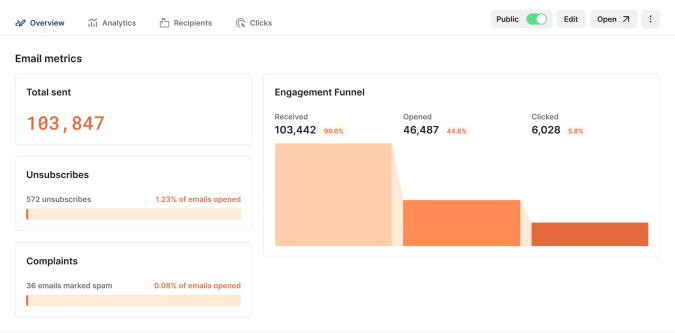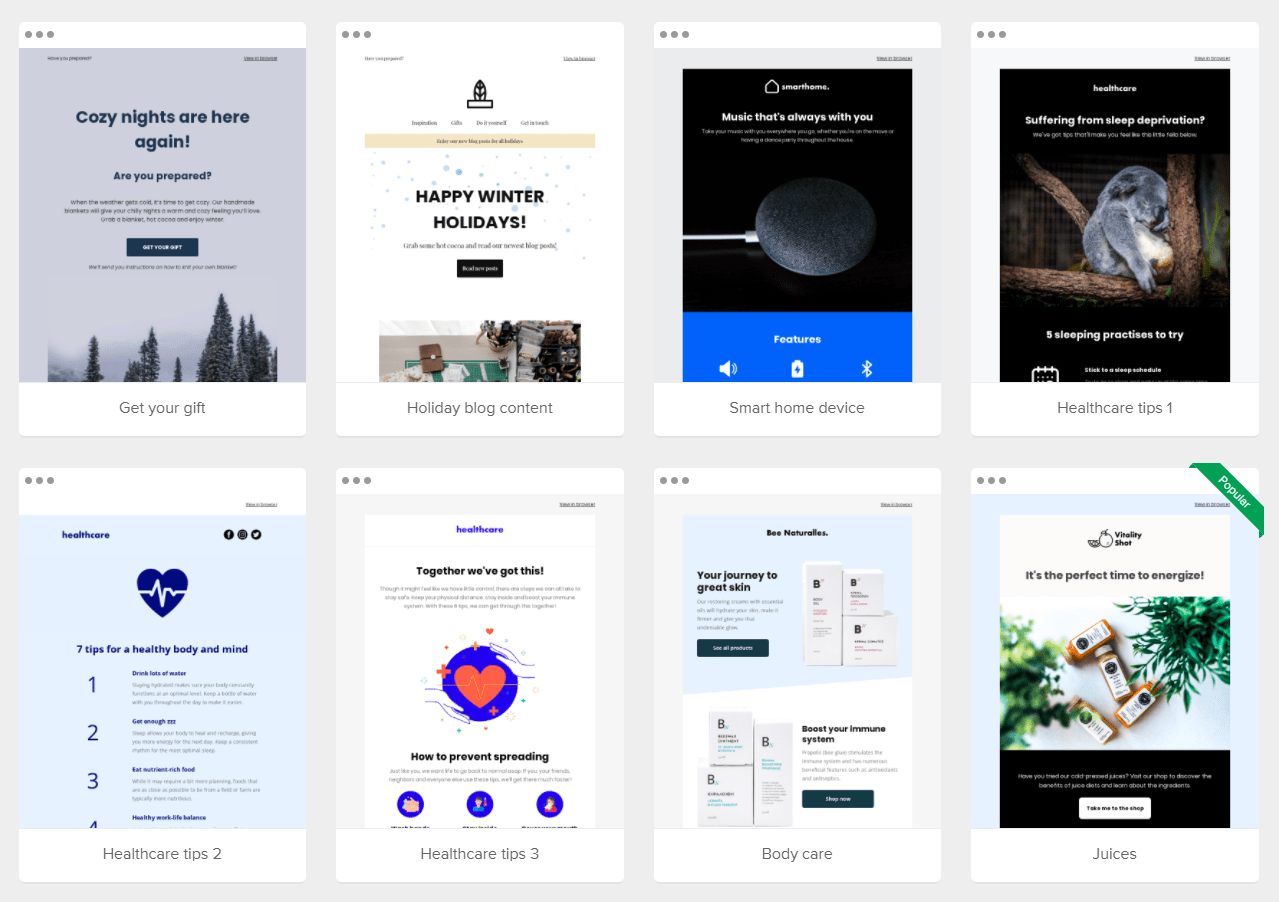Newbies in the digital marketing space are usually surprised when I tell them this:
Email marketing is the most effective form of marketing available today.
What about Snapchat?
What about Instagram stories?
What about virtual reality?
What about influencer marketing?
What about Facebook groups?
Nope, sorry.
Those platforms are new, sexy, fun, innovative, and yes, they are somewhat effective.
But if you want to talk raw power and cold, hard conversions, it’s email, folks.
When you consider the time, effort, cost, ROI, and all the other factors that go into considering a marketing channel, email comes out on top.
“But what about the rise of mobile?” you may be asking.
Email is the number one usage of smartphones.

What makes email so popular is the personal connection.
It’s like having someone’s phone number. Besides, with newsletters or opt-ins, people tend to be cautious about handing out their email.
Now, for the pause.
Your email is only as effective as its formatting.
Screwing up this basic element of a marketing email could spell the difference between high conversions and low conversions.
It may sound silly, but people care about the formatting of an email.
They may not know they care, but psychologically, email formatting has a profound effect on readability, conversions, and effectiveness.
In this article, I want to show you a few of the psychological tips I’ve discovered about effective email newsletters.
If you’re lucky enough to have an email list, treat it with respect and use some psychology to format it for the best ROI.
Why black is the best color
Wait, but isn’t black and white pretty boring?
Here, I’m talking about the text and background color.
Black text. White background.
Simple, but effective.
Web designers know the contrast of a page is more important than any particular color, but a simple black text on a white background is pretty standard among e-commerce giants like Amazon and Ebay.
Don’t be afraid to splash color in other places, though.
Some designers are able to switch things up, especially in the headers. Here are a few designs that work.
The usage of color is meant to convey a consistent message throughout the newsletters. Each of these newsletters is holiday-themed, and the designers extended the brand image into the holiday theme for maximum impact.
Color coordination is a powerful way to create a brand, and there are successful companies that utilize every color of the spectrum for their logos.
When we think of colors and personality psychology, we typically think of the Hartman Personality Profile, which divides our personalities into four colors: red, blue, white, and yellow.
Alternative psychology also associates various colors with different moods, which are often similar to the color changes of a mood ring. These aren’t necessary to understand for creating a logo, but it’s good to know for designing an email newsletter.
So, feel free to get creative with your color scheme, but keep your text black with a white background.
When to greet someone
Allison Ford at Monster explains, email greetings are important.
Messages without a personal greeting are also more likely to be marked as spam.
Most email programs display the opening line of an email, so use this real estate wisely.
You don’t want to come off as too friendly, nor should you omit a greeting entirely, as it feels like jumping into a conversation with a complete stranger.
This makes people uncomfortable.
However, starting an email with a greeting is important to ease the person into the conversation.
How to create an appropriate subject line.
Even the greatest email newsletter in the world is worthless if it’s not being opened. Marketers who responded to a recent survey indicated increasing email open rates is one of their biggest challenges.
As Carly Stec at Impact Branding & Design explains, there are a variety of psychological tricks to use when crafting email subjects to increase their clickability.
Humans are conditioned to answer questions according to one study, and promoting exclusivity satisfies Maslow’s hierarchy of needs. Each of these principles can help increase open and read rates.
HubSpot also adds several tips for crafting great email subject lines, such as keeping them short, concise, and personal. A sense of urgency and exclusivity provides a 22 percent higher chance of being opened.
So long as you stick the basics (and avoid typos, which make emails appear to be scams), you’ll have no problem convincing people to actually open your newsletter.
What format to use
Formatting an email seems like a basic step that can be easily overlooked, but how you group information matters.
Several eye-tracking studies have been conducted on how people view digital content, whether it’s websites or emails. The results essentially show an F pattern is the optimal format for information.
Researchers in these studies used a device similar to an Xbox Kinect that tracked users’ eye movements when presented with information on a page. Eight subjects between 18 and 30 were shown for 30 seconds before being told what it was about.
Heat maps were then created based on the data. In each instance, people scanned up and down the page on the left hand and read information from top to bottom as it stood out.
Fitts’ Law is a psychological principle meant to explain the human mechanics of aimed movement. Essentially, distance and size affect the time it takes for us to focus on something. With this in mind, a large headline/title quickly grabs the attention of a user’s eyes.
Other important points (including the CTA) should also be large, though not as large as the title, to increase visibility.
These should also be the places where you display the most vibrant colors and images in order to maximize your email newsletter’s effectiveness.
Where to end things
Hick’s Law is named after British Psychologist William Edmund Hicks and states the time it takes for a person to make a decision is dependent on the number of alternatives given to them.
With that known, the best place to end a newsletter is with a CTA (preferably an interactive one, such as a link).
Applying both Hick’s Law and Fitts’ Law, we can determine the above email from the Long Beach Energy Council is perfect. There’s plenty of information, but the important parts are that there’s an upcoming event you can register for.
You want to make the transition through your conversion funnel as painless and easy as possible to increase the odds of people clicking through.
Of course, you do need to optimize your email list for mobile devices, as nearly half of all emails are read on mobile, yet only 11 percent of email templates are optimized for these devices.
Be sure to A/B test any changes to your email templates using sorted lists for campaigns, and if you’re still confused about content, here’s a great blog article about how to write an effective persuasive email.
Although the look and feel of a newsletter is different than a standard email (notably for the ability to include imagery and control fonts), the standard of how to word them remains the same.
Who’s on your list?
Psychologists Justin Kruger, Ph.D. and Nicholas Epley from NYU published research nearly a decade ago explaining how emails and other forms of electronic communication can often lead to misunderstandings
Essentially, our inability to step outside our own ego and lack of tone in emails make messages often unclear.
Always make sure you’re clear with people when asking for their email address whether or not they’re going to receive a newsletter. There’s no point in including people who aren’t receptive to your message.
This is the first step in ensuring the success of your email. Here’s a bit of demographic usage data for emails.
Email marketing service providers like Mailchimp and Constant Contact are among the variety of email automation services you can utilize to set up targeted and timed email blasts for specific demographics to optimize conversion rates.
Psychologists generally agree that men and women communicate differently, and age definitely changes our perspective.
Make sure you’re communicating to the right demographics in email the same way you target customers through every other sales and marketing avenue.
Conclusion
Despite its age, email is still an effective method of communication. Social media and other online forums are more public conversations, and email is a private matter, perfectly suited for business and mobile phones.
Email marketing is continuously proven to be an effective way to increase sales with minimal spending, especially when using automated tools.
However, not just any email can be used. Human psychology in marketing has been around for generations, and understanding the psychology behind a perfect email is key to optimizing email marketing efforts.
Eye-catching graphics, images, and headlines (not videos, although links to videos are acceptable) increase visibility and engagement, while catchy, succinct, and direct subjects increase open rates.
What was the last thing you learned from reading an email?














